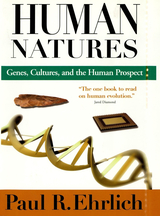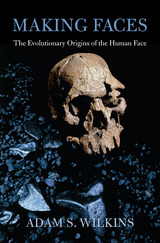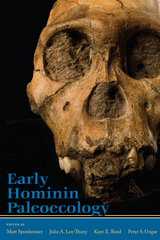The Nariokotome Homo erectus Skeleton
Harvard University Press, 1993
Cloth: 978-0-674-60075-1
Library of Congress Classification GN284.N37 1993
Dewey Decimal Classification 573.3
Cloth: 978-0-674-60075-1
Library of Congress Classification GN284.N37 1993
Dewey Decimal Classification 573.3
ABOUT THIS BOOK | REVIEWS
ABOUT THIS BOOK
On the slopes of the Nariokotome sand river in Kenya, sifting through sediments more than a million years old, Kamoya Kimeu uncovered a small piece of a skull. Piece followed piece—facial bones, teeth, vertebrae—and little by little paleontologists put together the most complete early hominid ever discovered, a Homo erectus skeleton christened the Nariokotome boy. This phenomenal find, a milestone in the history of paleoanthropology, is fully documented in this remarkable book. Beautifully illustrated and richly descriptive, The Nariokotome Homo erectus Skeleton takes us into the field and the laboratory, and into the far reaches of prehistory, to show us what the fossilized remains of a young boy can tell us about our beginnings.
See other books on: Kenya | Paleontology | Physical | Reference | Walker, Alan
See other titles from Harvard University Press


























